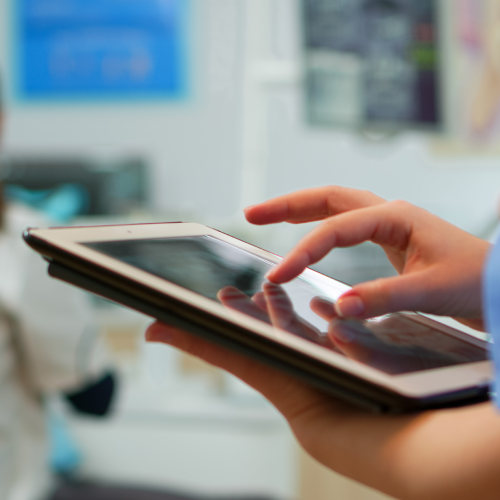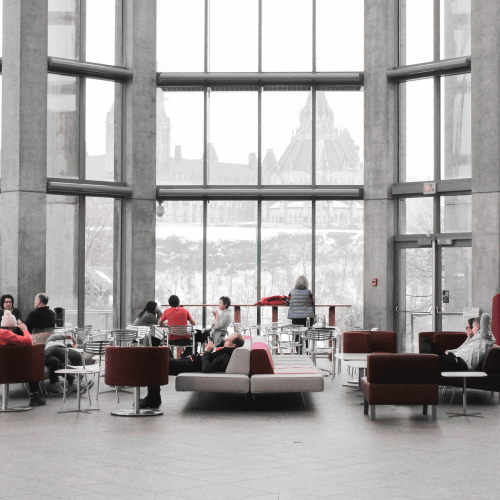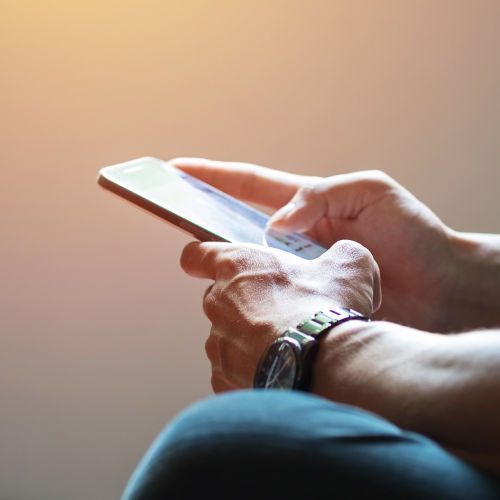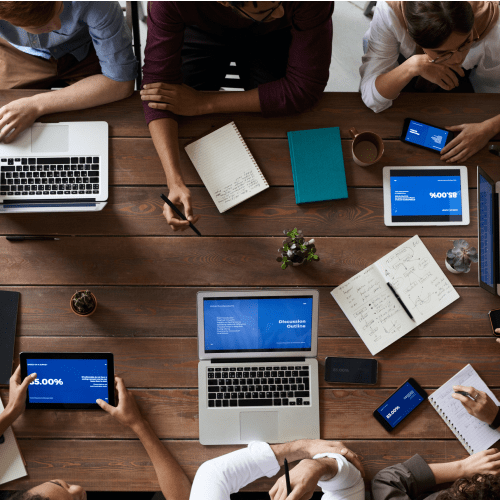QSR industry turning to Technology to deal with CA $15 minimum wage hike

QSR industry turning to Technology to deal with CA $15 minimum wage hike
October 13, 2016
Quick Service Restaurants (QSRs) are now turning to technology to see how they can reduce their labor costs, cut down on long customer wait time, and help improve their bottomline numbers.
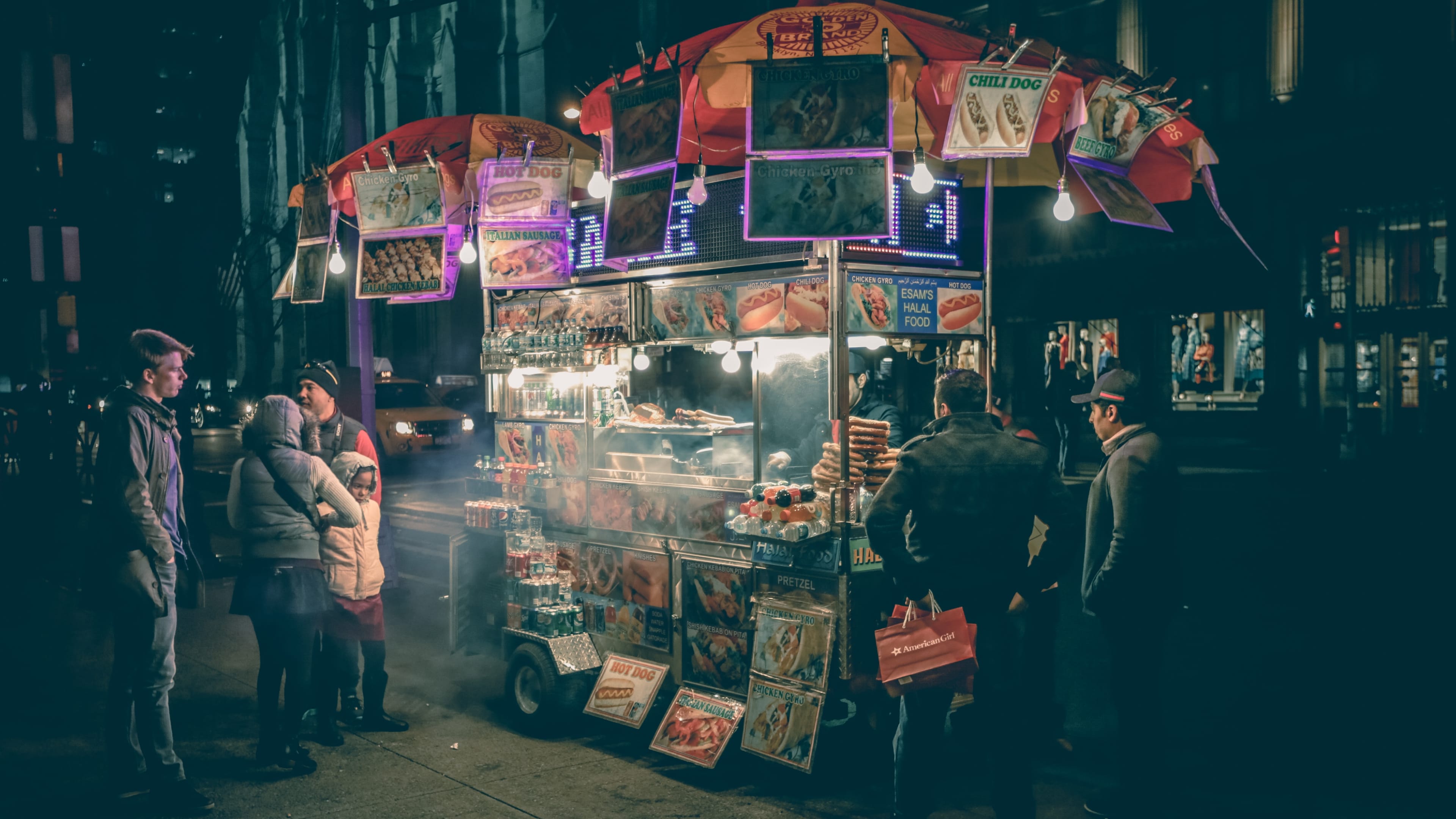
On April 4th, 2016, Governor Jerry Brown signed a ₹983.85 minimum wage in California. California and New York have the distinction of having the highest minimum wage in the country. As union labor leaders rejoiced on this historic signing, most small restaurant owners did not take this lightly. Over the past few years small restaurant owners in California have been struggling with the increase of commercial property value and rent, but they will now have to plan for a 50% increase in their labor costs that will occur in the next 5 years or face having to close down their business. With rising health care costs and the need to pay sick and maternity leave for all employees, this has definitely put a strain on the small restaurant owner’s bottom line.
Quick Service Restaurants (QSRs) are now turning to technology to see how they can reduce their labor costs, cut down on long customer wait time, and help improve their bottom line numbers. Large fast-casual chains have been investing in technology by adding online ordering, a mobile app, and ordering kiosks in their stores as a way to improve operations. By doing this, they would be able to cut down on labor costs as well as improving and expediting the ordering process for their guests. Their online and mobile ordering encompasses 16.4% of their overall sales, while the average ticket per mobile app ordering is ₹1,359.68 versus their in-store ticket of ₹1,096.01 . Customers who order through the online/mobile app essentially spend 24% more than customers who walk-in to order. The ultimate goal is to have 25% of their sales come through their online and mobile ordering app.
Average Ticket Per Transaction

In essence the mobile app has to be user-friendly and easy to navigate. Most customers are always on the go and have a limited time to eat lunch; as a result their mobile device is often used as a wallet replacement. Customers like the fact that the mobile app is extremely convenient when it comes to the personalization of their orders. The app makes it very simple to order and reorder from their online menu. Customers can simply log into the app and click on their previous order and press the submit tab. In the time it takes them to drive to the store their meal will be prepared and upon their arrival, they just simply have to pick up their order. No waiting in line or being put on hold when calling into the store. It is that simple and it simply works.
While some QSRs don’t currently have an in-store kiosk, other QSR chains such as Panera Bread have jumped to the forefront in providing this technology in their establishments. The diagram below shows how having an ordering kiosk in the store can greatly improve operations and cut on labors costs.


However, adding a kiosk doesn’t replace the entire customer service experience. You will still need to have a small amount of employees to bus tables and clean the dining/bathroom areas, which an ordering kiosk cannot do. Moreover, having an ordering kiosk would be ideal for some smaller restaurants where seating is limited, for guest who have limited time to eat (on average lunch time is about 30 minutes), and restaurants that have mostly Togo orders; having an ordering kiosk may be the perfect solution for them.

